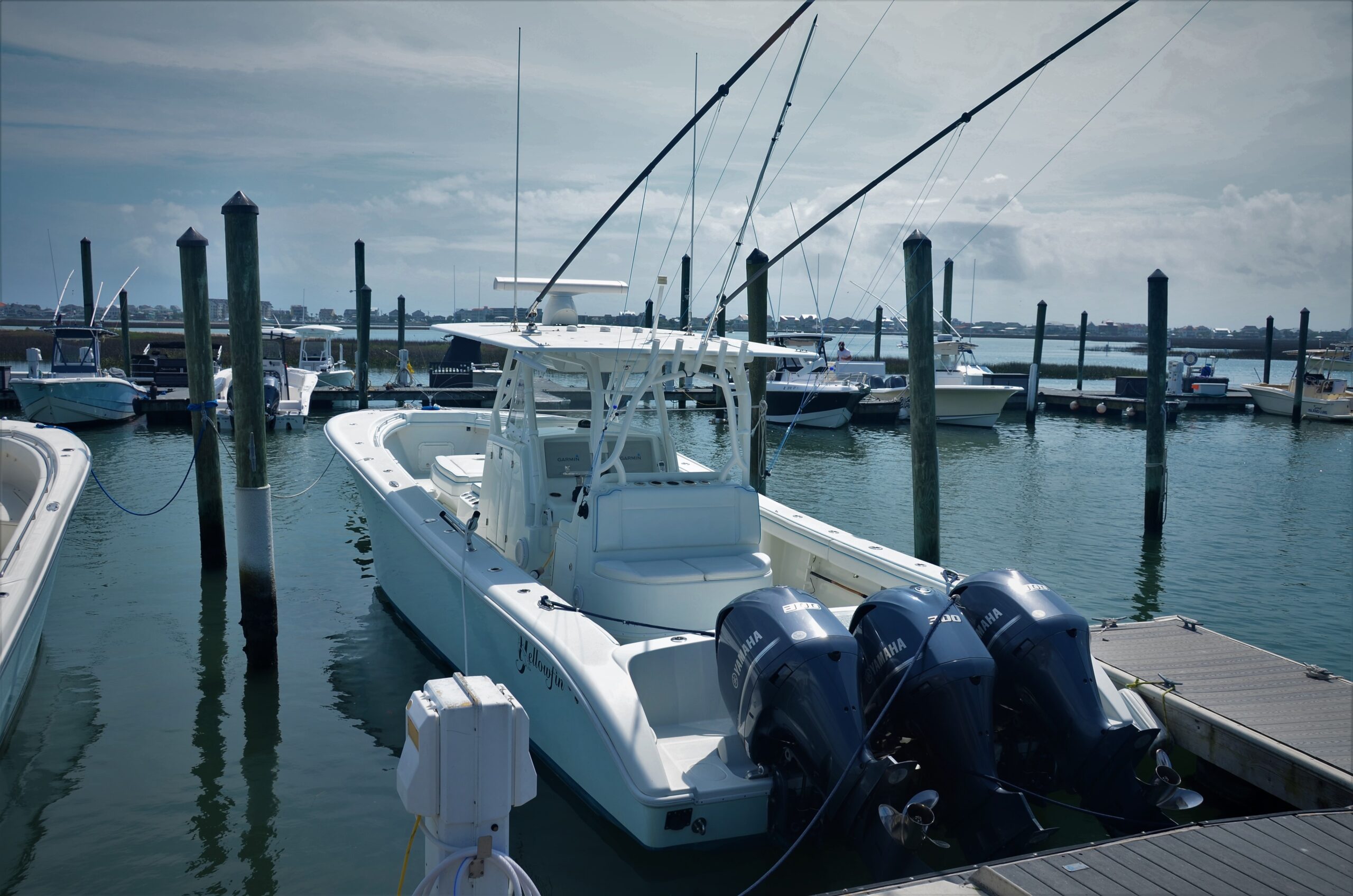Carbon Monoxide & Boating
Posted in Accident & Injury, Consumer Protection, Health & Wellness on June 27, 2022

Boating is a great way to enjoy summer with friends and family while relaxing on the open waters. Unfortunately, there’s a silent killer putting boaters and their family in danger: carbon monoxide. Read our tips for avoiding carbon monoxide poisoning on a boat.
What is Carbon Monoxide Poisoning?
Carbon monoxide (CO) is an odorless, colorless, and tasteless gas created by burning fuel, gasoline, wood, or propane. The build-up of this gas can become dangerous as CO displaces the oxygen in the body, becoming poisonous when inhaled excessively.
Boats with generators that idle for long periods can cause carbon monoxide to move throughout the cabin, cockpit, and surrounding areas. In 2021, the United States Coast Guard reported 13 incidents of carbon monoxide poisoning on boats, nearly half resulting in death. While the number of incidents is lower than in previous years, it’s still a good idea to educate yourself on what to look for.
Symptoms of Carbon Monoxide Poisoning
Since carbon monoxide cannot be smelled or seen, poisoning is more likely to occur without you knowing. Indication symptoms of CO poisoning include:
- Headache
- Dizziness (loss of consciousness)
- Nausea
- Vomiting
- Confusion
- Fatigue
- Chest pain
- Seizures
How to Avoid Carbon Monoxide Poisoning
Specific ways to avoid carbon monoxide poisoning include:
- Investing in marine carbon monoxide detectors.
- Avoid idling the boat for too long.
- Watch for the above symptoms to avoid confusing motion sickness with CO poisoning.
- Have regular maintenance checks and inspections in place.
- Do not park your running boat alongside another.
- Teach loved ones about the dangers of CO build-up.
- Avoid water-skiing or tubing within 20 feet of a vessel.
- Avoid swimming or playing near the exhaust vents of the boat.